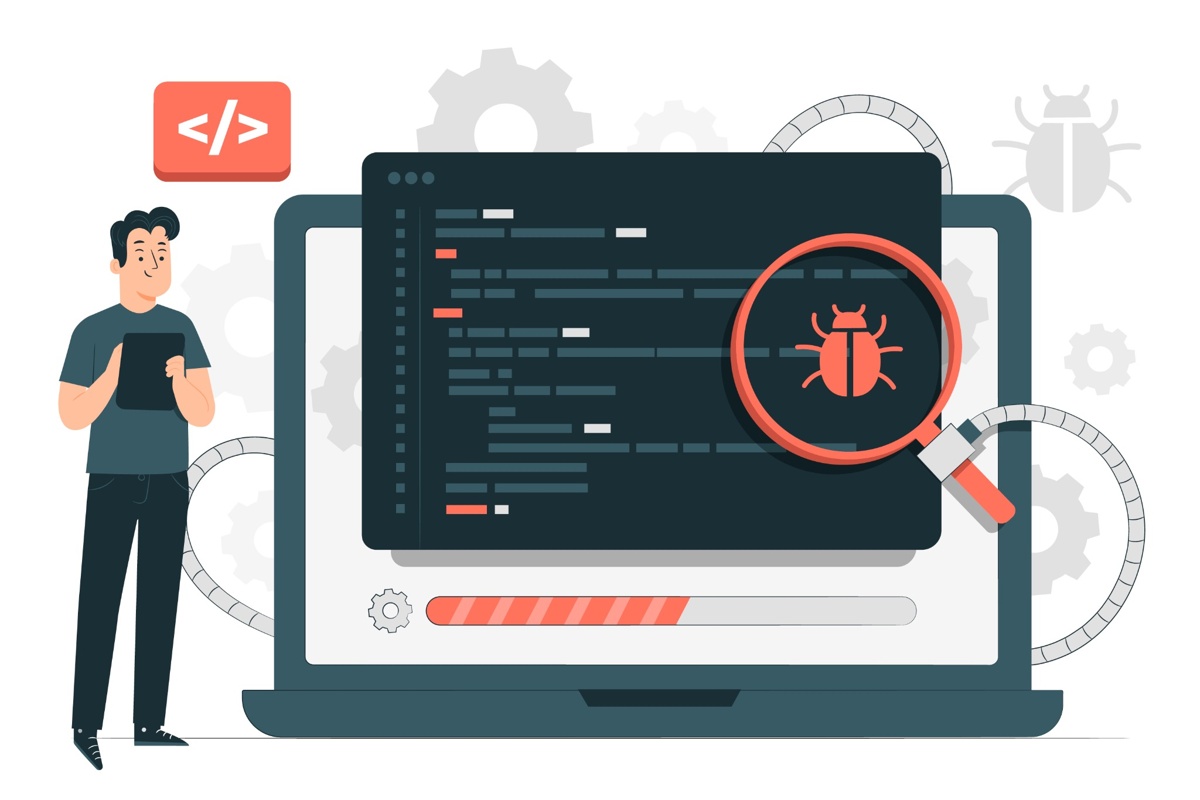How no-code/low-code tools shape QA automation’s future?
In today’s software development world, test automation is essential. However, traditional frameworks require programming skills, limiting accessibility for non-technical teams.
This is where no-code and low-code test automation tools come into play. These tools empower testers, business analysts, and even product managers to automate tests without writing extensive code.
But can these tools truly replace traditional test automation, or are they just a temporary trend? Let’s take a closer look.
What Are No-Code and Low-Code Test Automation Tools?
No-Code Automation Tools: No-Code tools provide drag-and-drop interfaces and record-playback functionality, allowing users to
automate tests without coding.
Low-Code Automation Tools: Low-Code tools require minimal coding, offering prebuilt automation commands or simple scripting
for added flexibility.
Key Benefits of No-Code and Low-Code Automation
- Faster test development and execution: Unlike traditional automation frameworks that require scripting and debugging, no-code/low-code tools allow teams to create test cases quickly, accelerating development cycles.
- Enables non-technical testers to contribute to automation: By lowering the barrier to entry, these tools enable manual testers, business analysts, and other non-technical professionals to contribute to automation efforts.
- Reduces maintenance effort with AI-driven self-healing scripts: Some advanced tools leverage AI-driven self-healing scripts, which automatically adjust to minor UI changes, reducing the need for constant maintenance.
- Seamless integration with CI/CD pipelines: Modern no-code and low-code automation tools integrate well with DevOps pipelines, enabling continuous testing and faster feedback loops.
- Improved collaboration between teams: By simplifying automation, these tools foster better collaboration between development, testing, and business teams, ensuring that testing aligns with business goals.
Comparison of Popular No-Code and Low-Code Tools
| Tool | Type | Best For | Key Feature |
| Testim | Low-Code | Web & Mobile Apps | AI-powered self-healing tests |
| Katalon Studio | Low-Code | Web, API, Mobile | Hybrid scripting with built-in keywords |
| Leapwork | No-Code | Enterprise Testing | Visual workflow-based automation |
| ACCELQ | No-Code | Web, API, Database | AI-driven codeless automation |
| Tricentis Tosca | No-Code | Compliance & Enterprise Apps | Risk-based testing with model-based automation |
Challenges of No-Code and Low-Code Automation
- Limited customization for complex test scenarios: While great for standard test scenarios, no-code solutions may not be ideal for highly complex test cases that require advanced logic.
- Vendor lock-in due to proprietary formats: Some tools use proprietary formats, making it difficult to migrate test scripts to another platform if needed.
- Scalability concerns for large applications: Large-scale applications with frequent UI changes may still require a mix of low-code solutions and traditional coding-based automation.
Are No-Code and Low-Code Tools the Future?
While no-code and low-code automation tools are transforming the way organizations approach testing, they are not a complete replacement for traditional test automation frameworks—at least not yet. Instead, these tools serve as powerful enablers, allowing teams to automate testing faster and with fewer resources.
Conclusion
The rise of no-code and low-code test automation tools marks a significant shift in the industry. These tools make test automation more accessible, enabling teams to deliver higher-quality software with fewer bottlenecks.
However, choosing the right tool depends on your team’s skill set, project complexity, and long-term goals. Simple projects may benefit from no-code tools, while more complex ones might require low-code solutions.
As automation evolves, one thing is clear: no-code and low-code tools are here to stay. They will play a key role in shaping the future of software testing.








